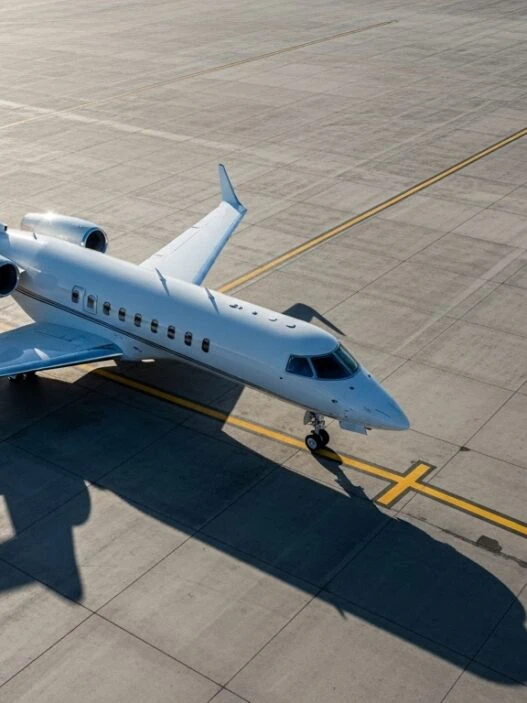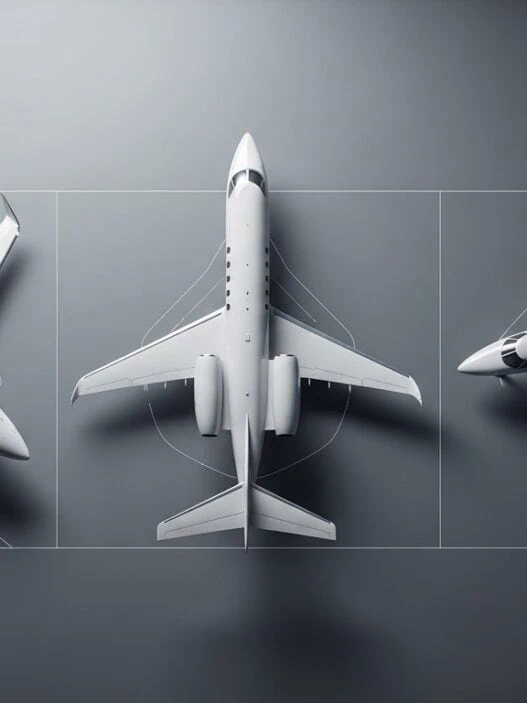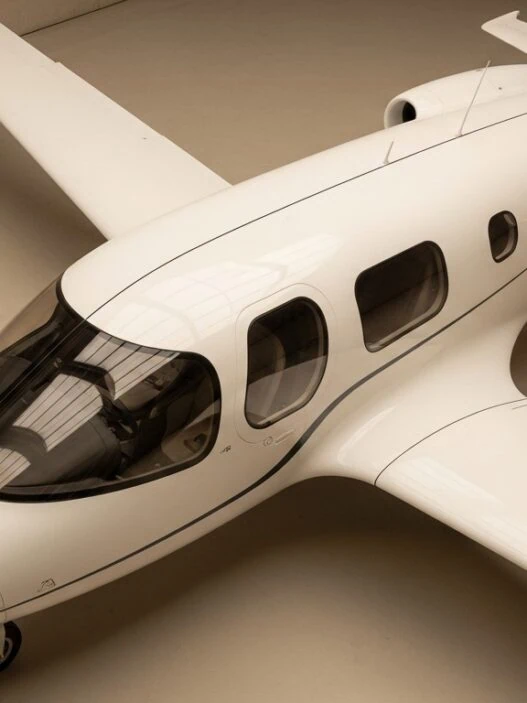Picture this: A $50 million Gulfstream G650 sitting empty in a hangar while its billionaire owner misses crucial business meetings. Not because of mechanical issues or weather delays, but because there’s literally no qualified pilot available to fly it.

Welcome to the private jet pilot shortage 2025 – a crisis so severe that 30% of business aircraft are effectively grounded not by regulations or maintenance issues, but by the simple fact that there aren’t enough qualified pilots to fly them.
I’ve been tracking this story for months, talking to frustrated operators, desperate charter companies, and pilots who are suddenly finding themselves in the driver’s seat of the most competitive job market aviation has ever seen. What I discovered isn’t just a staffing problem – it’s a complete transformation of how private aviation operates.
The Crisis That’s Grounding Luxury Aviation
The business aviation pilot shortage has reached critical levels that would sound fictional if they weren’t documented by every major industry organization. We’re not talking about minor scheduling inconveniences – we’re talking about a fundamental breakdown in the luxury aviation ecosystem.
The Numbers That Should Scare Every Aviation Executive
Let me hit you with some statistics that’ll make your head spin:
- 30% of business aircraft are currently sitting idle due to pilot unavailability
- 8,000+ pilot positions remain unfilled across North American operators
- 65% of charter operators report canceling flights due to pilot shortages
- Average recruitment time: 18 months to fill a single captain position
- Industry growth: +15% aircraft deliveries, -8% available pilot pool
According to the National Business Aviation Association (NBAA), the pilot shortage 2025 represents the most significant operational crisis in business aviation history. This isn’t a temporary blip – it’s a structural problem that’s reshaping the entire industry.
Real-World Impact Stories
I talked to Mark, who runs a mid-size charter operation in Florida. His take? “I’ve got six aircraft and can only operate three on any given day. We’re turning away $2 million in revenue annually because we literally can’t find pilots.”
Sarah, a fractional ownership customer, told me: “I bought a 1/8 share expecting guaranteed availability. Last month, I couldn’t get a flight for a critical business meeting because every pilot was already committed. I ended up flying commercial like some kind of peasant.
| Impact Category | Severity | Industry Response |
|---|---|---|
| Flight Cancellations | 25–40% increase | Emergency pilot sharing programs |
| Charter Availability | 60% reduction peak times | Wait lists and premium pricing |
| Aircraft Utilization | 30% decrease | Fleet reduction considerations |
| Customer Satisfaction | Historic lows | Service guarantee modifications |
The Ripple Effect Across Luxury Markets
The private jet pilot demand crisis isn’t just affecting aviation – it’s rippling through entire luxury ecosystems:
Corporate Executives: Missing critical meetings and deals due to flight unavailability Luxury Tourism: High-end resorts reporting decreased private aviation arrivals Real Estate: Private aviation access becoming a selling point for luxury properties Event Planning: Exclusive events struggling with guest transportation logistics
Why Private Jets Can’t Find Pilots
The reasons behind the private jet pilot shortage run deeper than simple supply and demand. We’re dealing with a perfect storm of demographic, economic, and regulatory factors that created this crisis.
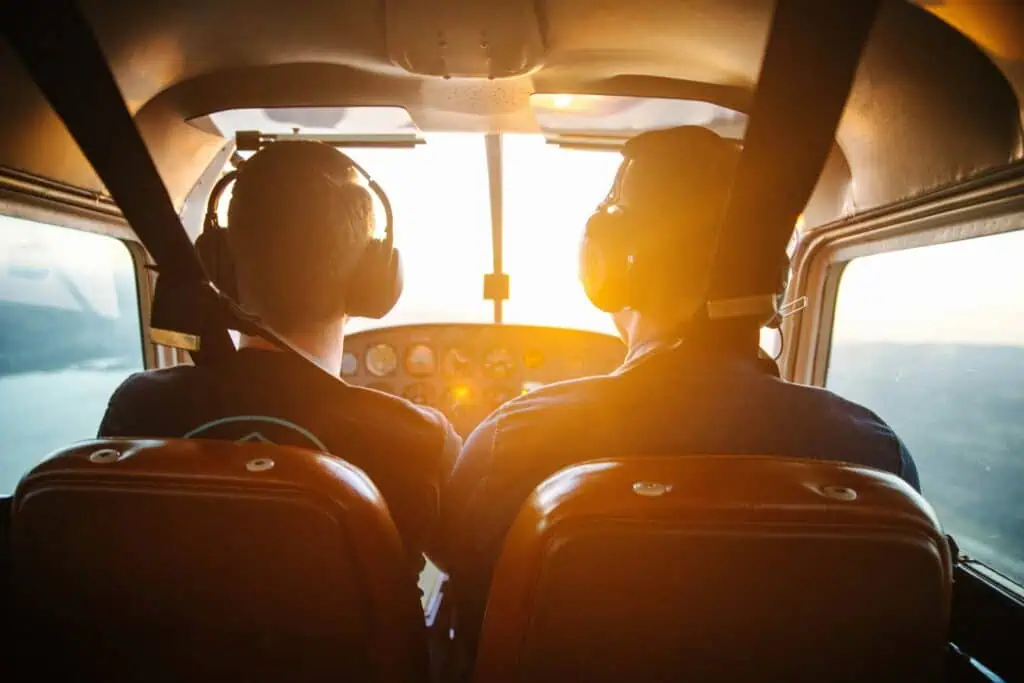
The Great Retirement Wave
Here’s something that’ll blow your mind: 42% of current airline pilots will reach mandatory retirement age by 2030. But here’s the kicker – many of these experienced pilots traditionally moved to business aviation for their “retirement careers.” Not anymore.
The changing retirement landscape:
- Airline pilot pay: Now competitive enough to keep pilots until mandatory retirement
- Benefit packages: 401k, health insurance, and pensions keeping older pilots in commercial aviation
- Work-life balance: Major airlines finally offering better schedules
- Private jet demands: More rigorous and demanding than ever
The Training Pipeline Breakdown
Remember when becoming a pilot was the dream job that parents bragged about? Those days are gone. The pilot training programs for private jets face massive challenges:
Training Costs Reality Check:
- Private pilot license: $12,000-$15,000
- Commercial license: Additional $25,000-$35,000
- Type ratings: $15,000-$25,000 per aircraft type
- Total investment: $75,000-$120,000 before earning a penny
Time Investment Breakdown:
- Basic licenses: 18-24 months
- Experience building: 3-5 years
- Private jet qualification: Additional 2-3 years
- Total timeline: 6-8 years from zero to business jet captain
The Military Pipeline Disruption
Traditionally, business aviation relied heavily on ex-military pilots. That pipeline has essentially dried up:
Military Changes:
- Retention programs: Military offering massive bonuses to keep experienced pilots
- Deployment patterns: Extended overseas commitments delaying civilian transition
- Training focus: Modern military aviation increasingly drone-focused
- Career paths: Direct military-to-airline recruitment programs
The Lifestyle Factor Nobody Talks About
Here’s the truth nobody wants to admit: being a private jet pilot in 2025 isn’t the glamorous lifestyle it used to be. Let me break down the reality:
Modern Private Jet Pilot Life:
- Schedule unpredictability: Last-minute trips at all hours
- Client demands: Increasingly demanding and difficult passengers
- Regulatory pressure: More oversight and paperwork than ever
- Travel fatigue: Constant movement without the airline benefits
I spoke with Jake, a former corporate pilot who recently left for the airlines: “Everyone thinks private jet pilots live this amazing lifestyle. Reality? I was on call 24/7, dealing with entitled passengers who treated me like their personal chauffeur, all while making less money than my airline buddies.”
The Money Game: Salaries That Still Can’t Compete
Despite the private jet pilot shortage, many operators still haven’t figured out that you can’t solve a supply problem without addressing compensation. The numbers tell a fascinating story of an industry in denial.
The Great Salary Reality Check
| Position | Private Aviation | Major Airlines | Difference |
|---|---|---|---|
| First Officer (Entry) | $45,000–$65,000 | $65,000–$85,000 | –$20,000 |
| Captain (5 years) | $85,000–$120,000 | $180,000–$220,000 | –$80,000 |
| Senior Captain (10+ years) | $120,000–$180,000 | $250,000–$350,000 | –$150,000 |
| Benefits Value | $15,000–$25,000 | $45,000–$65,000 | –$30,000 |
The Hidden Costs of Private Aviation Careers
What most people don’t realize is that private jet pilot jobs come with hidden costs that make the pay gap even worse:
Additional Expenses:
- Type rating maintenance: $5,000-$10,000 annually per aircraft type
- Medical examinations: More frequent and expensive than airline requirements
- Professional insurance: Personal liability coverage requirements
- Travel expenses: Often not fully reimbursed for positioning flights
The Benefits Gap That’s Killing Recruitment
Airlines have figured out that total compensation matters more than just salary. Private aviation? Not so much.
Airline Benefits That Private Aviation Can’t Match:
- Health insurance: 90-100% company-paid vs. 60-70% in business aviation
- Retirement contributions: 12-16% vs. 3-6% in private aviation
- Profit sharing: $15,000-$50,000+ annually vs. rare in private aviation
- Travel benefits: Free worldwide travel vs. limited in private aviation
- Schedule predictability: Known months in advance vs. last-minute changes
Success Stories: Operators Getting It Right
Not everyone’s failing at pilot retention. Some smart operators have cracked the code:
NetJets Leading the Way:
- Starting salaries: $75,000+ for first officers
- Rapid advancement: Clear promotion timelines
- Comprehensive benefits: Matching airline-level packages
- Work-life balance: Predictable schedules with advance notice
Flexjet Innovation:
- Signing bonuses: $25,000-$50,000 for experienced pilots
- Type rating guarantees: Company-paid training for multiple aircraft
- Performance bonuses: Merit-based compensation increases
- Family benefits: Enhanced family health and education support
What It Really Takes to Become a Private Jet Pilot
If you’re thinking about jumping into private aviation to take advantage of the private jet pilot demand, let me give you the real roadmap – not the marketing brochure version that flight schools love to sell.
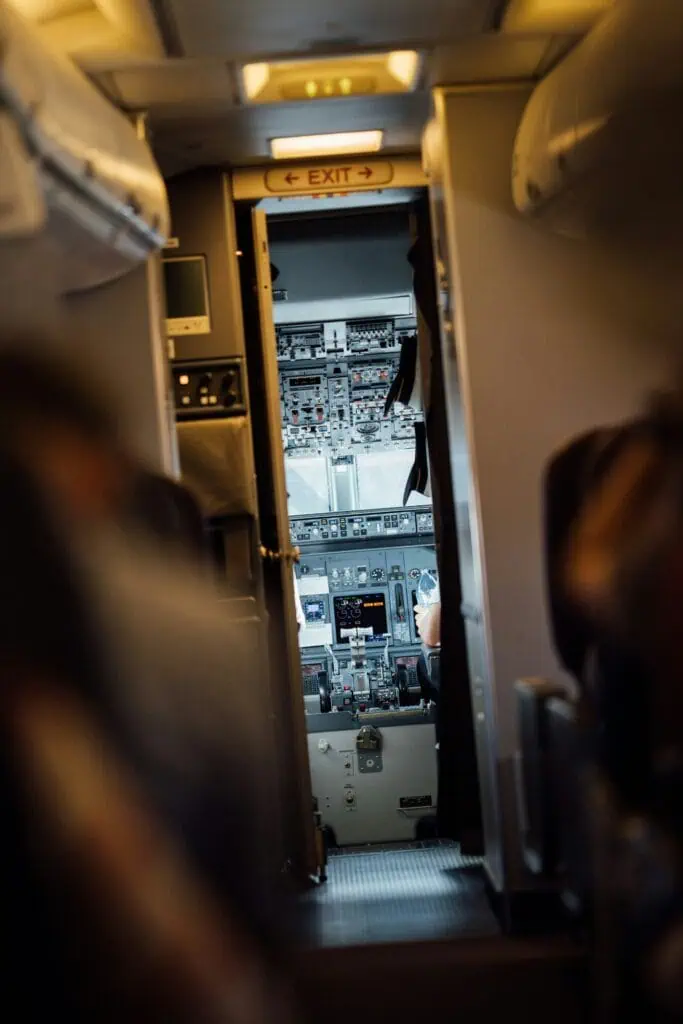
The Honest Timeline Breakdown
Years 1-2: Building the Foundation
- Private Pilot License (PPL): 6-12 months
- Instrument Rating (IR): 6-9 months
- Commercial Pilot License (CPL): 3-6 months
- Multi-Engine Rating: 1-2 months
Years 3-5: Experience Building
- Flight instruction: Building hours while earning money
- Charter operations: Low-paying but valuable experience
- Corporate entry-level: First Officer positions on smaller aircraft
Years 6-8: Business Jet Qualification
- Type ratings on business jets: Multiple aircraft certifications
- Captain upgrade: Responsibility and pay increase
- Specialized training: Emergency procedures, customer service
The Real Costs Nobody Mentions
Let’s talk money because flight schools love to lowball the real costs:
Training Investment Reality:
- Flight time costs: $180-$220 per hour including instructor
- Ground school: $3,000-$5,000 per rating
- Testing fees: $500-$1,000 per exam and checkride
- Living expenses: 6-8 years of reduced income during training
Total realistic investment: $150,000-$200,000 and 6-8 years of your life.
Essential Equipment for Private Jet Pilots
The gear you’ll need isn’t cheap, but it’s essential for professional operations:
Must-Have Equipment:
Bose A30 Aviation ANR Headset Premium noise-canceling aviation headset with Bluetooth connectivity for clear communication in luxury aircraft environments.
David Clark Pro-X2 ANR Headset Professional-grade active noise reduction headset trusted by business aviation pilots worldwide.
Flight Outfitters Lift Mini 2.0 Flight Bag Compact, organized flight bag designed for professional pilot operations and business aviation requirements.
Garmin GDL 52 Portable GPS Portable GPS receiver providing real-time weather and traffic updates for enhanced situational awareness.
Training Programs That Actually Work
Not all pilot training programs are created equal. Here are the ones that actually prepare you for business aviation:
Top-Tier Training Options:
ASA Complete Private Pilot Kit Comprehensive training materials including textbooks, test prep, and practical guidance for FAA examinations.
X-Plane Flight Training Course Realistic flight simulator package providing cost-effective training hours and emergency procedure practice.
University Programs with Business Aviation Focus:
- Embry-Riddle Aeronautical University: Industry partnerships and job placement
- University of North Dakota: Strong business aviation connections
- Auburn University: Excellent industry relationships and modern fleet
Industry Solutions That Actually Work
The good news? Some forward-thinking operators and organizations have figured out solutions to the pilot shortage 2025 that actually move the needle. Let me share what’s working and what’s just expensive PR.
Innovative Recruitment Strategies
Direct College Pipeline Programs: Smart operators are going straight to aviation universities with guaranteed job offers:
- Signing bonuses: $25,000-$75,000 for committed graduates
- Training contracts: Full type rating costs covered in exchange for employment commitments
- Mentorship programs: Experienced captains paired with new hires
- Clear advancement paths: Guaranteed captain upgrade timelines
Military Transition Programs: Some operators have cracked the military recruitment code:
- Transition assistance: Help with civilian certification conversion
- Housing allowances: Relocation assistance for military families
- Schedule flexibility: Accommodating reserve commitments
- Leadership recognition: Valuing military command experience
Creative Compensation Packages
The operators who’ve solved their pilot shortage haven’t just thrown money at the problem – they’ve gotten creative:
Lifestyle Benefits That Work:
- Schedule guarantees: Minimum days off per month
- Family travel: Free personal use of company aircraft
- Education benefits: Children’s tuition assistance programs
- Health and wellness: Comprehensive gym memberships and health programs
Performance-Based Incentives:
- Safety bonuses: Rewards for accident-free flying
- Customer service bonuses: Based on passenger feedback
- Efficiency bonuses: Fuel savings and on-time performance
- Referral bonuses: Payments for successful pilot recruitment
Partnership Solutions
Shared Pilot Programs: Multiple operators are sharing pilot resources:
- Seasonal sharing: Pilots moving between operators based on demand
- Geographic sharing: Operators in different regions sharing crews
- Specialty sharing: Pilots certified on rare aircraft types
- Training sharing: Joint type rating programs reducing costs
Technology to the Rescue
Here’s where things get interesting. The aviation industry is finally embracing technology solutions to address the pilot labor crisis aviation, and some of these innovations are genuinely game-changing.
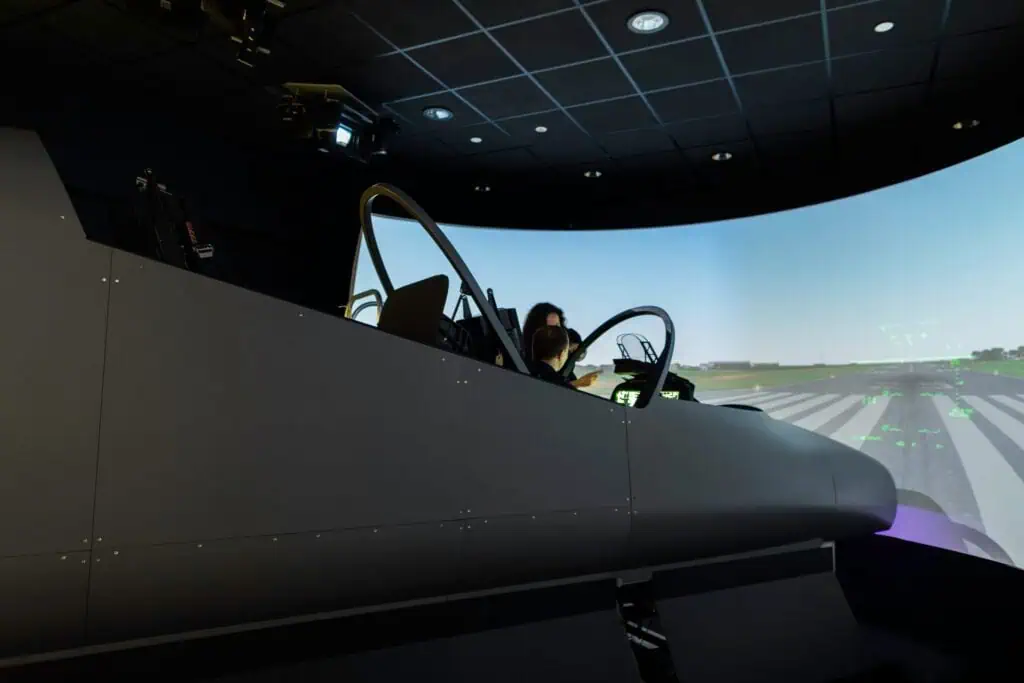
Simulator Technology Revolution
Modern flight simulators are revolutionizing how we train pilots:
Advanced Training Capabilities:
- Virtual reality integration: Immersive training environments
- AI-powered instruction: Personalized training programs
- Emergency scenario training: Unlimited practice of rare situations
- Cost reduction: 70% less expensive than actual aircraft training
Recommended Training Technology:
X-Plane Flight Training Course Professional-grade flight simulator with business jet models and realistic systems training.
Logitech Saitek Flight Bundle Realistic yoke and throttle system for home-based practice and proficiency maintenance.
AI-Powered Scheduling Solutions
Smart operators are using artificial intelligence to solve scheduling problems:
AI Benefits:
- Predictive scheduling: Anticipating pilot availability and demand
- Optimal crew pairing: Matching pilots with appropriate aircraft and routes
- Fatigue management: Ensuring compliance with duty time regulations
- Cost optimization: Minimizing deadhead flights and positioning costs
Mobile Apps Changing Pilot Life
Technology is making pilot jobs more attractive:
Pilot Lifestyle Apps:
- Schedule management: Real-time updates and changes
- Expense tracking: Automated expense reporting
- Communication: Direct passenger and dispatch communication
- Training tracking: Maintaining currency and certification records
Career Opportunities for Smart Pilots
If you’re a pilot reading this, congratulations – you’re in the best job market aviation has ever seen. But not all opportunities are created equal. Let me give you the insider guide to maximizing this historic pilot shortage.

The Smart Career Path Strategy
Entry-Level Strategy (0-3 years experience): Focus on operators that invest in training and advancement:
- NetJets: Industry-leading training programs and clear advancement
- Flexjet: Rapid growth creating advancement opportunities
- VistaJet: International exposure and diverse aircraft experience
- Regional operators: Higher responsibility and faster captain upgrades
Mid-Level Strategy (3-7 years experience): Leverage your experience for better positions:
- Corporate flight departments: Higher pay and better work-life balance
- Specialized operations: Cargo, medical, or government contracts
- Training positions: Sharing knowledge while building networks
- International operations: Premium pay for overseas assignments
Senior Level Strategy (7+ years experience): You’re in the driver’s seat – be selective:
- Chief pilot positions: Leadership roles with equity participation
- Consulting opportunities: Helping operators solve pilot shortage issues
- Training company leadership: Building the next generation of pilots
- Aircraft sales: Using pilot knowledge in aircraft transactions
Negotiation Tactics That Work
With the current pilot shortage 2025, you have unprecedented negotiating power:
Salary Negotiation:
- Market research: Know what competitors are paying
- Total compensation: Consider benefits, not just base salary
- Performance bonuses: Negotiate merit-based increases
- Review timelines: Establish regular compensation reviews
Lifestyle Negotiation:
- Schedule guarantees: Minimum days off and advance notice
- Training opportunities: Company-paid type ratings and recurrent training
- Family benefits: Health insurance and travel privileges
- Professional development: Conference attendance and continuing education
Building Multiple Revenue Streams
Smart pilots are diversifying their income:
Side Opportunities:
- Flight instruction: Teaching while building networks
- Consulting: Helping operators with pilot recruitment and retention
- Writing and content creation: Sharing aviation expertise
- Investment opportunities: Participating in aviation ventures
The Future of Private Aviation Staffing
The private jet charter pilot shortage isn’t going away anytime soon, but the industry is evolving in fascinating ways. Let me paint you a picture of what private aviation staffing will look like in the next decade.
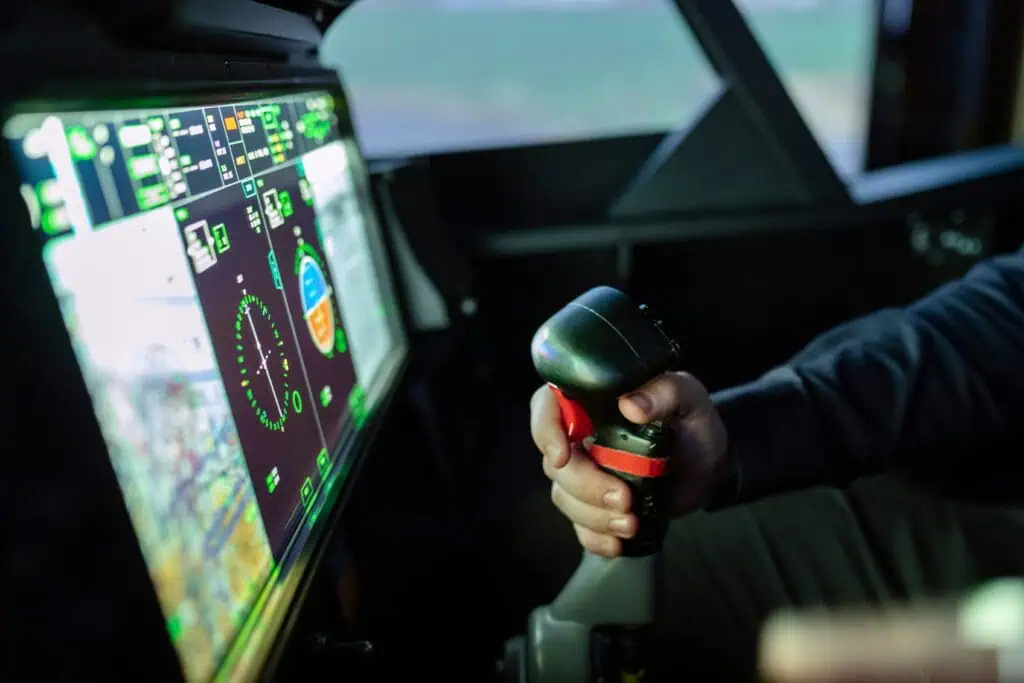
Technology Integration Predictions
Autonomous Flight Development:
- Single-pilot operations: Advanced automation reducing crew requirements
- Remote piloting: Ground-based pilots controlling aircraft remotely
- AI co-pilots: Artificial intelligence assisting human pilots
- Predictive maintenance: Reducing pilot workload through automation
Training Evolution:
- Virtual reality training: Immersive, cost-effective pilot education
- AI-powered instruction: Personalized learning programs
- Competency-based training: Skills-focused rather than hours-based
- Continuous learning: Ongoing education throughout careers
Regulatory Changes Coming
Expected Regulatory Evolution:
- Reduced experience requirements: Fast-track programs for qualified candidates
- International harmonization: Easier cross-border pilot movement
- Technology integration: Approval for advanced automation systems
- Alternative pathways: Non-traditional routes to pilot certification
Market Predictions 2025-2030
Industry Transformation:
- Operator consolidation: Larger companies absorbing smaller operators
- Technology companies: Tech firms entering aviation services
- International expansion: Global operators capturing market share
- Service model evolution: Subscription and membership-based services
Pilot Market Evolution:
- Salary stabilization: Compensation reaching sustainable levels
- Lifestyle improvement: Better work-life balance becoming standard
- Career diversity: Multiple pathways within aviation careers
- Technology partnership: Pilots working alongside advanced automation
Investment Opportunities
The pilot shortage is creating investment opportunities:
Training Infrastructure:
- Flight training organizations: High-demand, profitable businesses
- Simulator technology: Advanced training equipment providers
- Online education: Digital learning platforms for pilots
- Certification services: Companies streamlining pilot qualification
Technology Solutions:
- Scheduling software: AI-powered crew management systems
- Training applications: Mobile and VR training platforms
- Recruitment platforms: Connecting pilots with operators
- Automation technology: Reducing pilot workload and requirements
The PrivateCharterX Solution
At PrivateCharterX, we’ve been ahead of the curve on the private jet pilot shortage crisis. Our Zurich-based operations and strategic partnerships allow us to maintain reliable service despite industry-wide staffing challenges.
Our Pilot Partnership Strategy
Relationship-Based Approach:
- Long-term contracts: Providing pilots with stability and predictable income
- Comprehensive benefits: Health insurance, training, and professional development
- Work-life balance: Respecting pilot schedules and family time
- Professional growth: Clear advancement opportunities and skill development
International Advantages:
- European pilot pool: Access to qualified pilots across Europe
- Training partnerships: Relationships with leading aviation universities
- Regulatory expertise: Navigate complex international pilot certification
- Technology integration: Modern systems reducing pilot workload
Customer Service Continuity
Despite the pilot shortage, we maintain service reliability through:
Advanced Planning:
- Predictive scheduling: Anticipating demand and pilot availability
- Backup systems: Multiple contingency plans for every flight
- Partner networks: Access to additional pilots through strategic relationships
- Technology solutions: Efficient crew management and communication
Service Innovation: Our private jet membership programs include pilot availability guarantees and backup options, ensuring your travel plans aren’t disrupted by industry staffing challenges.
Conclusion: Navigating the Crisis and Opportunity
The private jet pilot shortage 2025 represents both the greatest crisis and the greatest opportunity in business aviation history. For operators, it’s a wake-up call that traditional approaches to pilot recruitment and retention are broken. For pilots, it’s a historic chance to leverage market dynamics for better careers.
The solutions exist – competitive compensation, lifestyle improvements, technology integration, and innovative training programs. The question is which operators will implement them fast enough to survive and thrive.
Whether you’re an operator struggling with staffing, a pilot considering career moves, or a customer frustrated with service disruptions, understanding this crisis is essential for navigating the future of private aviation.
Ready to experience private aviation that’s solved the pilot shortage challenge? Contact PrivateCharterX for reliable service backed by our comprehensive pilot partnership program and European operational advantages.
















